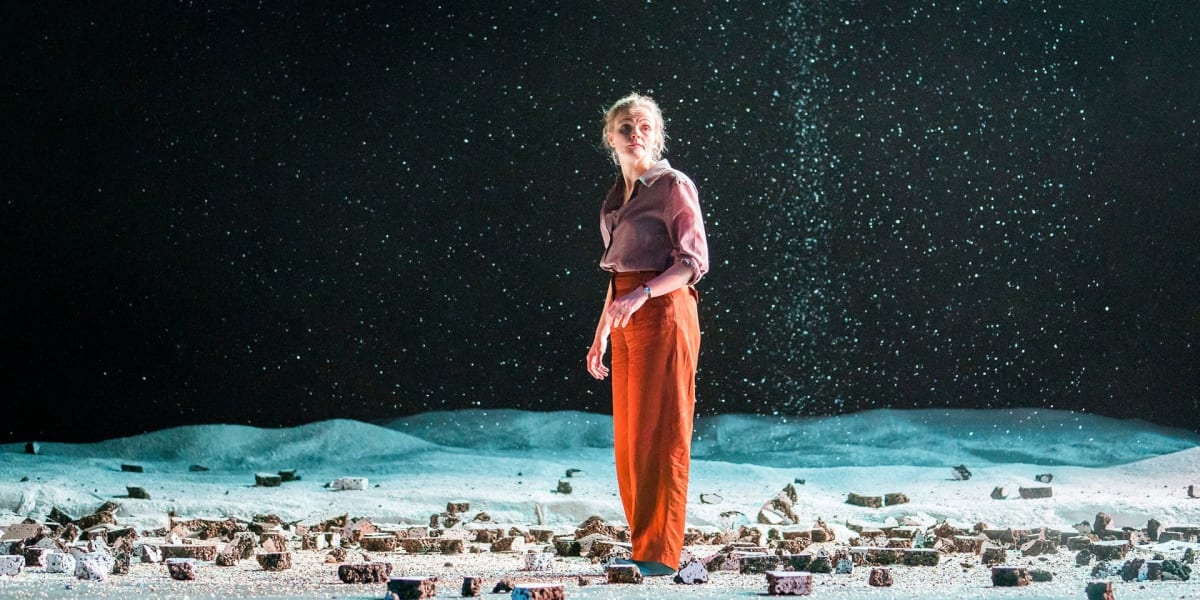A 90 minute monologue delivered by Maxine Peake against minimalist, yet poignant and dramatic mise-en-scène – Avalance is a personal quest familiar to those trying the IVF route to having a child.
Based on a true story, the monologue unfolds the journey of a professionally successful woman in her early 40s as she reflects on a prolonged period of “treatment” that not only drains her bank account but also her emotional and physical strengths.
There are 8 million children born following successful IVF treatment, but there are millions more failed attempts. Avalanche deplores the exploitation of these women’s desires to have a child by a relentlessly heartless industry that ruthlessly and cynically exploits their eagerness not to miss the opportunity to have a child.
Maxine Peake’s performance is engaging in conveying the desperation in learning much too late the high price to be paid for such a dead-end journey. The issue is more with the actual text. It is too long and fails to create a character with whom one can empathise, although there are a few moments of humour created by a hint of self-deprecation. The character is a mere vehicle for highlighting the complexity of the process, acting as a health warning before any woman embarks on such a risky and painful course. Throughout the 90 minutes, there are bits of information about a relationship with gorgeous Peter, whom she married and who is, in our female subject’s words “tattooed under my skin”. Yet the element of the love is too faint to warrant its place in the title. The character that stands out is actually our heroine’s sister. She is evoked with a few strokes that draw attention to the special value of those who try to help without being patronising or sentimental. The play is filtered and sterilised like the process of IVF and the audience is left familiar with the process and not with the character.
Five stars to set and costume designer Marg Horwell. The pure white backdrop exposing the black base, the collapse of the consultant desk that becomes child’s bricks to play with, and the shower of white confetti are powerful and give the dialogue the dramatic tension that is otherwise lacking.
Anne-Louise Sark’s direction is interesting. The introduction of the two children – a boy and a girl, initially seems tenuous but it adds a symbolic touch. The young girl sits in front of the Dolls House which was introduced at an earlier stage of the performance and the boy sits in front of the pile of bricks left from the collapse of the consultant’s table – alluding to different inclinations of the two sexes.
This is an important production that highlights some of the serious drawbacks of IVF treatment and much about the devastation caused when it is unsuccessful.

